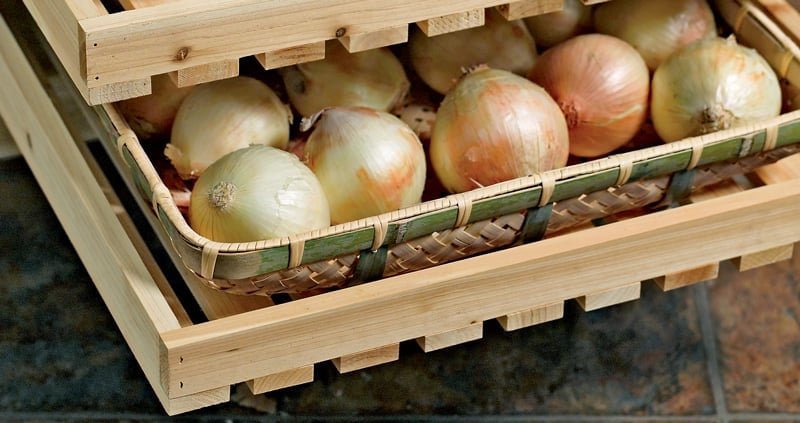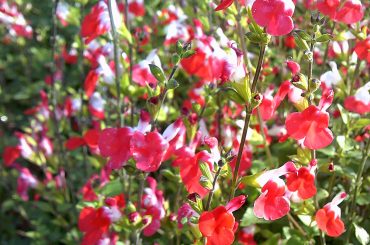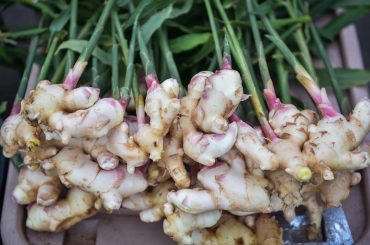Table of Contents
Onions are versatile and widely used vegetables that add flavour to countless dishes. Properly harvesting and storing onions is essential to maximize their quality and longevity. Understanding how to harvest and store them correctly is crucial for preserving their freshness and nutritional value.
The importance of harvesting onions correctly and then storing them cannot be overstated. By following the right techniques, you can prolong their shelf life and avoid spoilage. Onions that are harvested and stored improperly are more susceptible to rot, sprouting, and mould growth. Additionally, mishandled onions may lose their flavour and texture. Mastering the art of harvesting and storing onions correctly is essential for both culinary enthusiasts as well as gardeners.
In this article, we’ll discuss practices of harvesting and storing onions that can enhance their quality, flavour, and longevity.
How to Harvest Onions
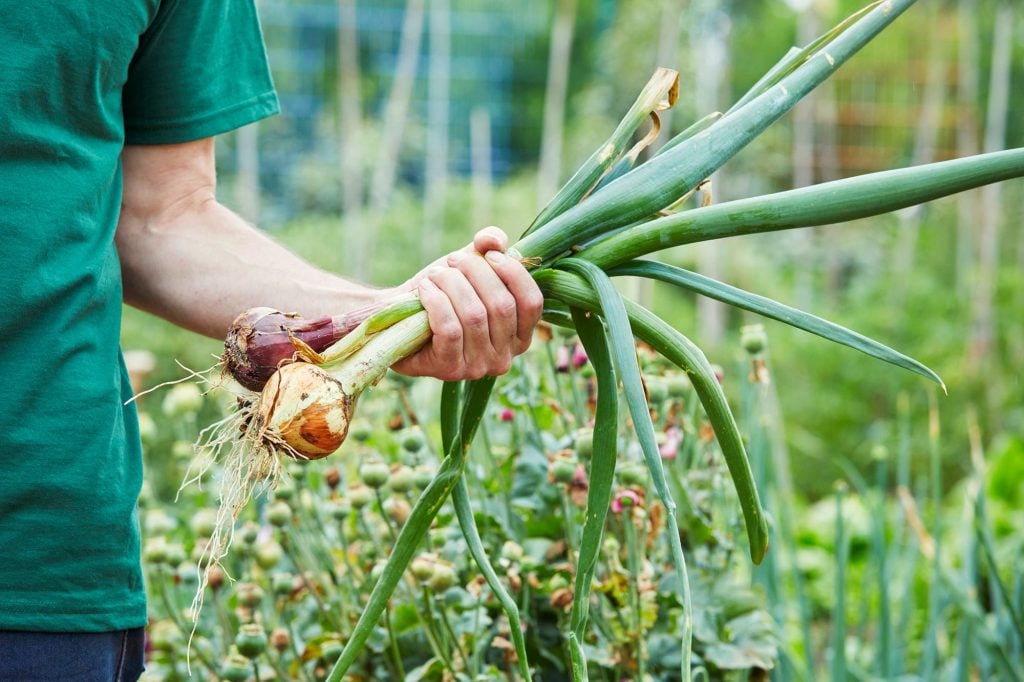
Harvesting onions at the right time and storing them correctly is crucial to preserve their quality and flavour. By following proper harvesting techniques, you can ensure that your onions stay fresh for an extended period.
Determining the Right Time to Harvest
The timing of harvesting onions is very important as it affects their shelf life and quality. Onions are ready to harvest when the foliage turns yellow or brown and starts to droop. Additionally, you can check the necks of the onions for signs of drying and shrinking. Once the foliage has fallen over and necks are dry, it’s an indication that onions are ready to harvest.
Steps for Harvesting Onions
The three important steps involved in harvesting onions are listed below.
- Loosening the soil around onions: Before harvesting, gently loosen the soil around the onions using a garden fork or spade. Be careful not to damage the bulbs while doing so. Loosening the soil makes it easier to lift the onions without causing any harm.
- Lifting onions gently from the ground: To lift the onions, grasp the foliage near the bulb and gently pull upward. If the onions resist, use a fork or spade to lift them from the soil. Avoid twisting the foliage, as it may damage the bulbs. Lift one bulb at a time and place it on the ground.
- Trimming the foliage: After lifting the onions, trim the foliage to about an inch above the bulb. This step helps divert the plant’s energy toward the bulb for better curing and storage. Do not cut the necks too close to the bulb, as it may cause damage and increase the risk to rot.
By following these steps for harvesting onions correctly, you can enjoy fresh, flavourful onions throughout the year. Properly harvested onions will maintain their quality, flavour, and nutritional value, allowing you to add a burst of taste to your favourite recipes whenever you need them.
How to Store Onions
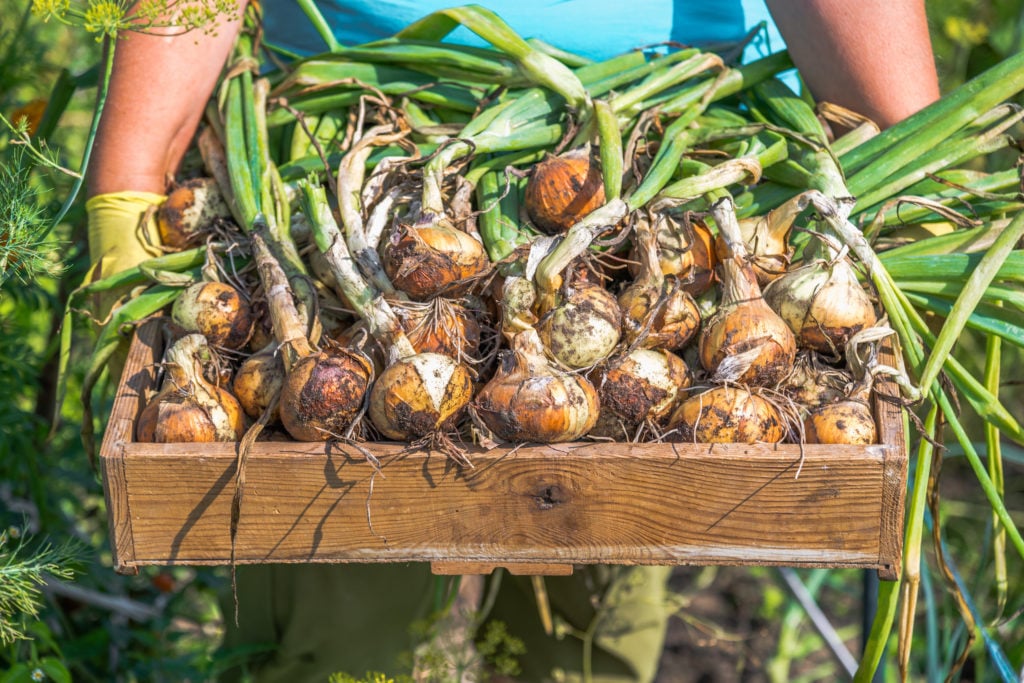
Storing is the last and final stage in the process of harvesting onions. Properly storing onions is crucial to preserve their quality and ensure they stay fresh for an extended time. By following the correct storage techniques, you can maximize the longevity and flavour of your onions.
Choosing the Right Storage Conditions
Selecting the appropriate storage conditions is vital for maintaining the quality of onions. Onions require a cool, dark, and well-ventilated environment. The ideal temperature for onion storage is between 32°F and 40°F. Basements, cellars, or well-ventilated sheds are suitable options. It’s important to avoid storing onions near other fruits or vegetables that emit moisture, as this can lead to faster spoilage.
Preparing Onions for Storage
Before storing, gently brush off any excess soil or dirt from the onions. It’s crucial to handle them with care to avoid damaging the delicate outer layers. Examine each onion carefully for signs of damage, rot, or disease. Remove any onions that show signs of spoilage to prevent them from spreading to others during storage.
Different Storage Options
There are several storage options for storing onions. We’ll discuss three options- using mesh bags, using crates or boxes, and using braids or nets.
- Hanging onions in mesh bags: One popular storage method is hanging onions in mesh bags. Place the onions in a mesh bag, tying knots between each onion to keep them separate. Hang the bags in a cool, dark, and well-ventilated area. The mesh allows for air circulation, preventing moisture buildup and promoting longevity.
- Storing onions in crates or boxes: Another option is to store onions in crates or boxes. Line the bottom of the container with a layer of straw or newspaper to provide cushioning and absorb excess moisture. Place the onion in a single layer, ensuring they don’t touch each other. Add additional layers, separated by more straw or newspaper, as required.
- Using onion braids or nets: For a space-saving storage solution, consider creating onion braids or using onion nets. Gather a bunch of onions by their dried stems and braid the stems together. Hang the onion braid in a cool, dark, and well-ventilated area. Alternatively, you can place onions in nets and hang them for storage.
Tips for Maintaining Onion Storage Quality
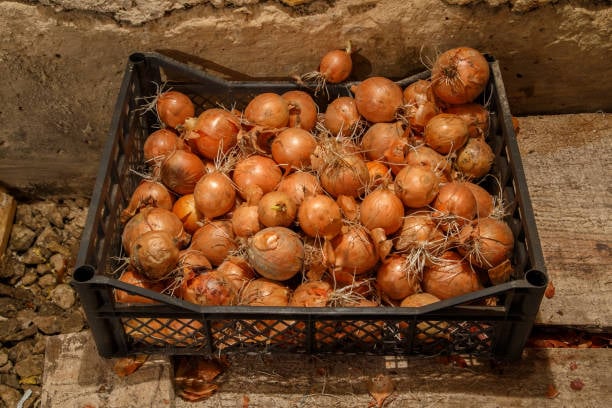
The quality of onions depends on how they are stored after the harvesting and curing process. Here are some useful tips for maintaining onion storage quality.
- Controlling humidity levels: Maintaining proper humidity levels is essential for onion storage. Onions prefer 55% to 65% humidity. High humidity can lead to excess moisture, promoting rot and sprouting.
- Avoid exposure to light: Onions should be stored in a dark environment to prevent sprouting and the development of green shoots. Ensure that the storage area is free from direct light, and keep onions covered or in a dark container.
- Checking onions periodically for spoilage: Regularly inspect the stored onions for any signs of spoilage or disease. Remove the ones that show signs of decay to prevent them from spreading to others.
By following these steps and tips for storing onions correctly, you can ensure that your onions remain fresh, flavourful, and of high quality for a long period. Proper storage conditions and regular monitoring are key to having quality onions.
How to Cure Onions
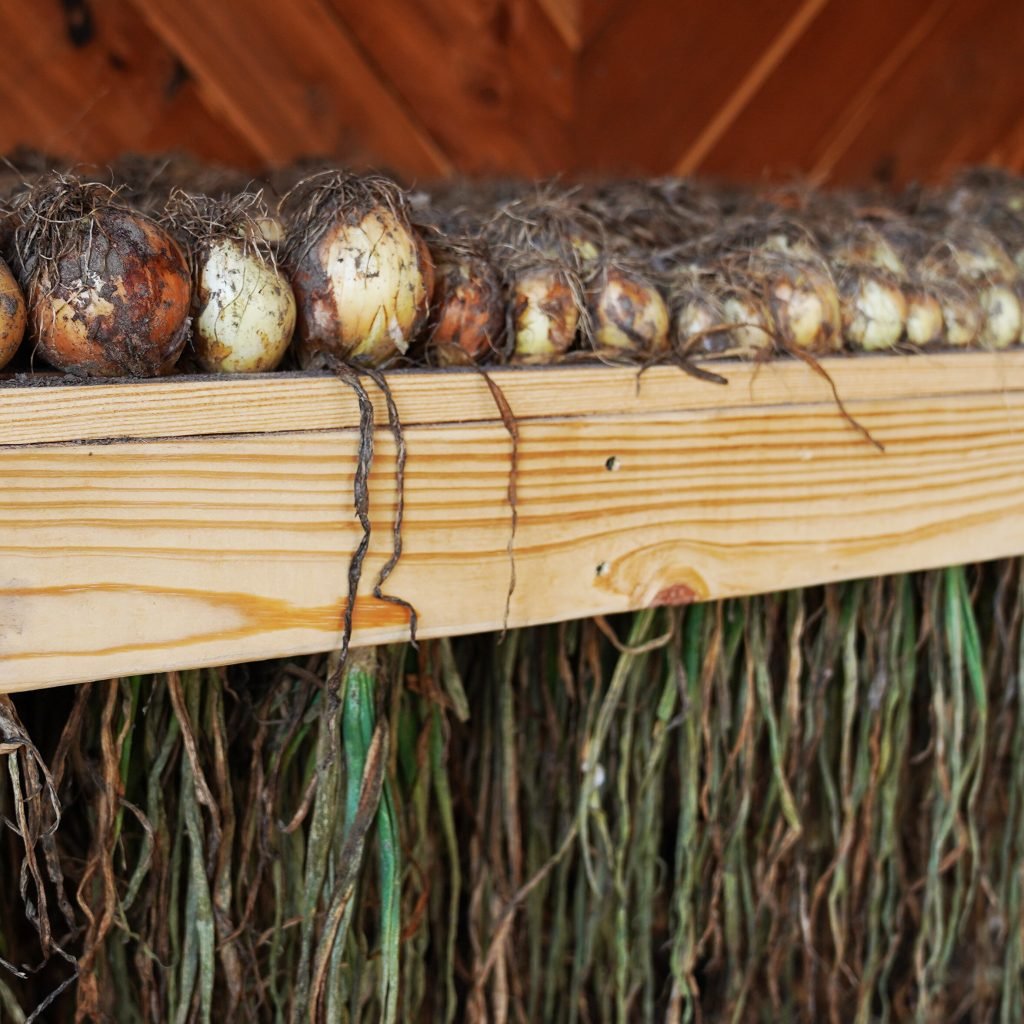
Curing is the second stage after harvesting onions and is an essential step in this entire process of harvesting and storing them correctly. Curing helps onions develop a protective layer and extends their shelf life. By following proper techniques for curing onions, you can ensure that they retain their quality and flavour for an extended period.
Why Curing Is Necessary
Curing onions is necessary to prepare them for long-term storage. When onions are freshly harvested, they contain high moisture content and are susceptible to rot and spoilage. Curing allows the outer layers of the onion to dry and form protective skin. This protective layer helps prevent moisture loss, inhibit the growth of bacteria and fungi, and prolong onions’ storage life.
Step for Curing Onions
The steps involved in curing onions include preparing a ventilated area, drying them, allowing them to cure for a specific period, and checking for the good ones.
- Preparing a well-ventilated area: Choose a well-ventilated location for curing onions. This area should be warm (75 to 80°F), dry, and have good air circulation. A garage, covered porch, or well-ventilated shed can serve as suitable curing spaces. Ensure that the area is protected from rain and excessive sunlight, as direct sunlight can cause onions to overheat and spoil. Also, make sure the curing area is clean and free from debris to prevent contamination.
- Spreading out onions for drying: Lay the harvested onions in a single layer on a clean, dry surface. Avoid stacking the onions or allowing them to touch each other, as this can obstruct air circulation and promote moisture retention. Use a mesh rack, wooden slats, or clean, dry cardboard as a drying surface. This allows air to flow around the onions, facilitating the drying process.
- Allowing onions to cure for a specific period: Let the onions cure for about two to three weeks. During this time, the onions will gradually lose moisture, and the outer layers will dry and form protective skin. The curing process helps the onions’ flavour and storage life. It also allows the onion bulbs to mature and develop a more consistent texture.
- Checking for readiness before storing: After the curing period, it is important to check the onions for readiness before storing them. Gently press the necks of the onions to check if they feel dry and firm. The necks should be completely dry, and the outer skins papery. If there is any trace of moisture or softness, continue with the curing process for a few more days. Inspect the onions for any signs of damage, rot, or disease. Remove any onions that show signs of spoilage to prevent them from spreading to others during storage.
By following these steps for curing onions, you can ensure that they are properly prepared for long-term storage. Curing helps onions develop a protective layer, retain their flavour, and extend their shelf life. With well-cured onions, you can enjoy the fresh tastes and versatility of onions in your kitchen throughout the year.
Summing It Up
All in all, harvesting onions and then storing them correctly are the essential steps to preserve their quality, flavour, and longevity. And harvesting onions at the right time ensures optimal flavour and storage potential.
Loosening the soil, gently lifting the onions, and trimming the foliage are important steps to avoid damage during harvest. Curing the onions allows them to develop a protective layer and enhance their storage life. By following these guidelines, you can harvest and store onions correctly, preserving their original flavour, nutritional value, and freshness.
Whether you are a gardener or a cooking enthusiast, mastering these techniques will ensure that you always have a ready supply of delicious onions to enhance your culinary experience.
Frequently Asked Questions
What Are the Steps to Storing Onions?
The steps to storing onions include preparing a well-ventilated area, removing any remaining dirt, inspecting for damage, choosing a storage option (such as hanging in mesh bags or storing in crates), and controlling the humidity level. Regularly checking for spoilage ensures the longevity and quality of stored onions.
Do You Need to Dry Onions After Harvesting?
Yes, it is important to dry onions after harvesting. Drying allows the outer layer of onions to dry and form a protective layer. This process helps in extending their storage life and enhances their flavour. By providing a warm, well-ventilated area for the onions to cure, you can ensure they are properly prepared for long-term storage.

